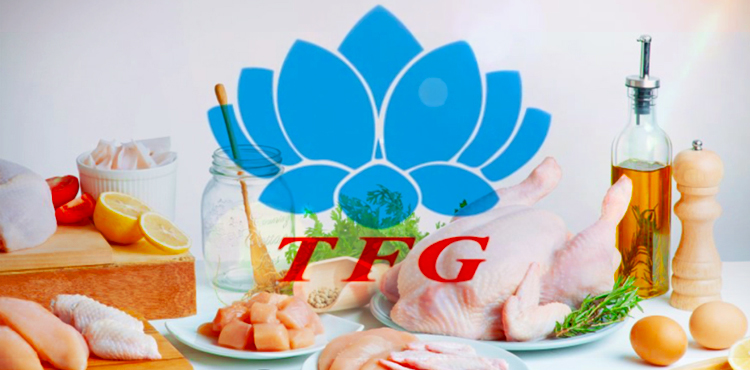Phet Nuntavisai, Chief Operating Officer of Thai Foods Group Public Company Limited (SET: TFG), revealed the company maintains a strong outlook for profitability in the second half of 2025 and into 2026.
For 2025, TFG anticipates total revenue growth of 10–15%, reaching approximately THB 72.5–75 billion, with its “Thai Foods Fresh Market” retail shops serving as the group’s flagship growth engine.
Currently, “Thai Foods Fresh Market” retail shops operate 500 locations nationwide, with expectations to scale to 620 by year-end 2025—exceeding the original target of 600 branches. TFG forecasts revenue from its retail shops to surpass THB 30 billion in 2025, a remarkable uplift making retail the group’s leading revenue contributor, accounting for 36% of total turnover.
In response to significant expansion opportunities, TFG has raised its 2026 target for retail outlets from 750 to 850 branches, aiming to capture broader market demand.
Same Store Sales Growth (SSSG) for “Thai Foods Fresh Market” shops has shown a solid trend, with SSSG rising 18–19% in the first half of 2025—outpacing the previous expectation of 10–15%.
This growth is driven by higher meat prices and increased customer traffic, which is currently about 350,000 customers per day, resulting in a higher average ticket size. SSSG for the second half of the year is projected to grow around 15%.
Other income, primarily from space rental within the retail shops, is estimated at THB 300 million in 2025, hitting targets in the first half. For 2026, the company aims to push this segment’s contribution up to 1.5–2% of total revenue.
TFG’s chicken segment, its other core business, currently accounts for 27% of total revenue, with a continued focus on the export market. For 2025, chicken export volume is expected to hit a record high of 90,000 tons—comprising more than 70,000 tons of raw meat and over 18,000 tons of cooked chicken. Farmgate chicken prices remain favorable at THB 40–41 per kilogram, a historically high level that is expected to stabilize into 2026.
TFG’s pig segment represents 21% of overall revenue. Recently, pig sales have softened in both Thailand and Vietnam, affected by inclement weather—rainfall and flooding in Thailand’s Northeast—and the border conflict.
Disruption has led to diminished live pig sales due to small-scale slaughterhouses exiting the market, resulting in volatile live pig prices. TFG is shifting focus to processed pork products sold through its own retail chain to ensure more stable margins.
In Vietnam, pig farming also faces significant decline, particularly in the north where disease outbreaks have affected an estimated 70–80% of the area. While current prices are subdued, TFG expects medium- to long-term pig prices to recover and rise in both Thailand and Vietnam.
The Feed Mill business currently comprises 15% of total revenue. TFG expects lower production costs in 3Q25 versus 2Q25 due to a sharp drop in corn prices—now below THB 9/kg, a multi-year low propelled by increased regional supply rather than U.S. imports. Soybean meal prices are also declining, enhancing TFG’s cost structure further into 4Q25.
Trends in raw material price reductions are likely to persist through the second half of 2025 and into 2026. TFG is planning to import corn DDGS (Distillers Dried Grains with Solubles) and soybean meal from the U.S., provided the government permits imports. This could cut the company’s costs by around THB 1/kg—given normal annual corn use of 1 million tons, gained savings could add around THB 1 billion to profits due to a price differential of around THB 2/kg between Thai and U.S. corn. For soybean meal, benefits are estimated at about 2%, Phet concluded.



